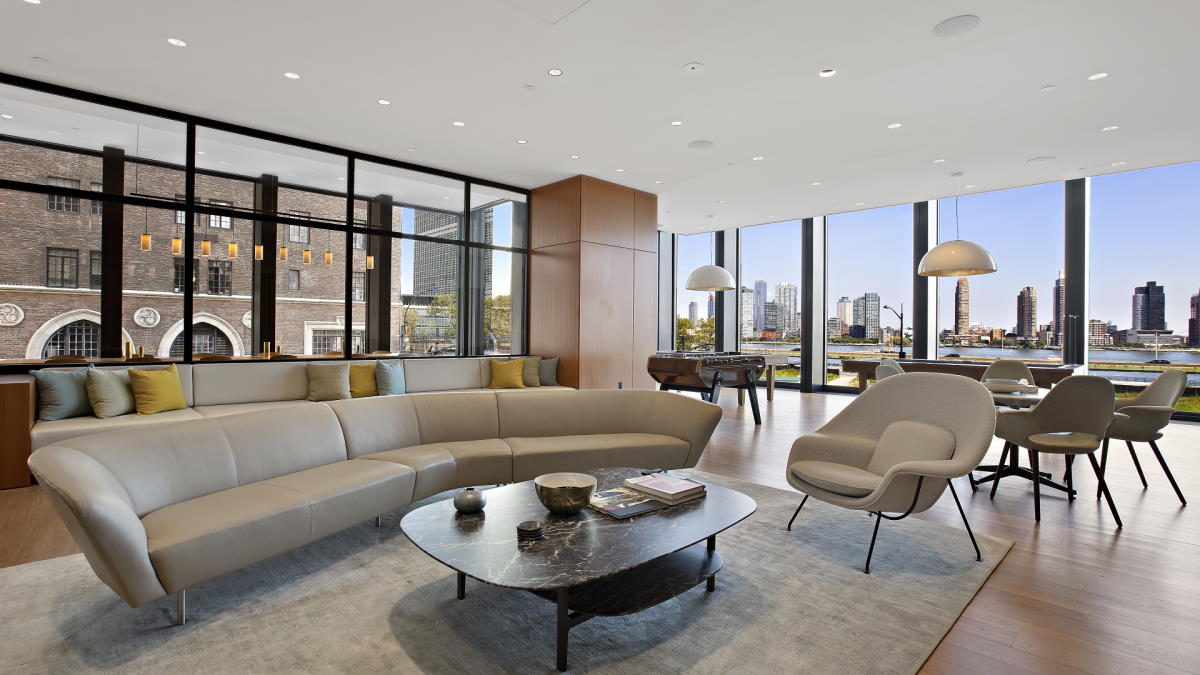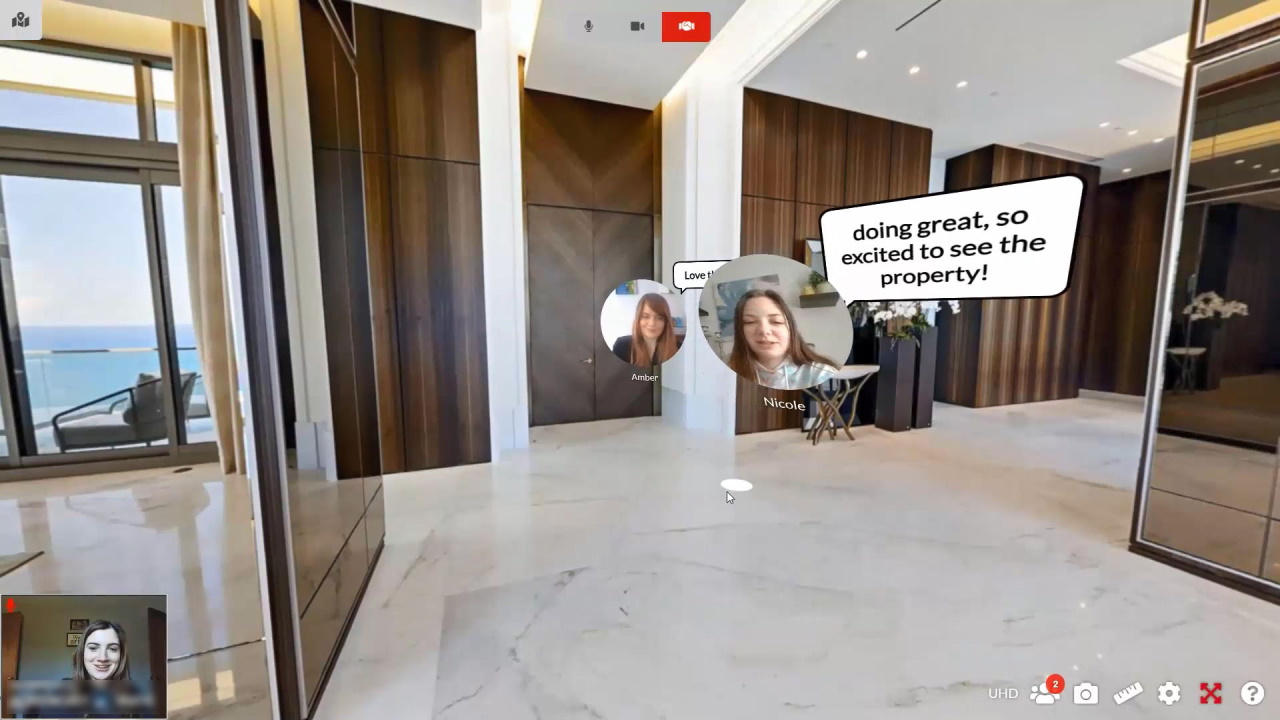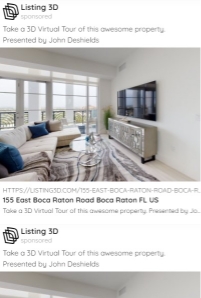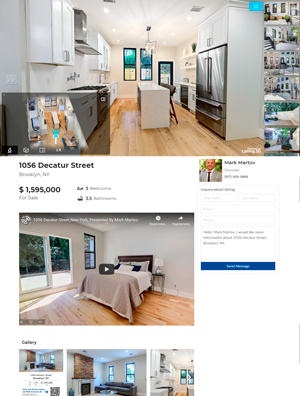3D Rendering Cost per Hour

3D rendering has become a vital component of a wide range of industries. It’s a crutch that architects, builders, designers, and realtors rely on to do their jobs well. 3D plans help them and their clients visualize the project, take note of every aspect of the property, and notice flaws and omissions.
While these benefits are apparent, architectural rendering prices are not always clear. Visualization services costs vary from less than a hundred to several thousand dollars. So, how much can you expect to pay for your project’s 3D rendering?
This article offers an in-depth look at how architectural rendering firms form prices. Read on to learn everything you need to know.
How much does it cost to do a 3D rendering?
The cost of a high-quality 3D still image, also known as architectural rendering or visualization, can range from $700 to $1,500 USD, according to 3D architectural visualization studios located in New York, London, and Sydney. These prices are typical for small to medium projects, while larger projects can cost anywhere from $2,500 to $10,000 USD, based on the specifics of the project. The hourly rate for a 3D rendering usually falls between $50 and $150 USD.
If you’re looking to save money, consider working with a 3D rendering studio in a developing country. These studios can offer lower prices due to their lower labor costs. However, it’s important to find a talented and experienced studio that can deliver the same quality results.
Some great options for finding talented 3D rendering artists and studios can be found in countries such as India, Sri Lanka, China, and in the former Soviet Union. While it may seem daunting to go outside your own country, doing your research and finding the right service provider can result in great work and cost savings.
| Exterior Residential Rendering | $500 |
| Interior Residental Rendering | $300 |
| 3D Rendering | $1.25/sqft |
| Medium – Large Exterior Rendering | $800 |
| Aerial Rendering | $1,000 |
| 3D Floorplans | $150 |
3D Rendering Services
A variety of factors determine the average price of architectural rendering. However, the type of services provided is the most important one. If you’re unfamiliar with the solutions you can opt for, here’s a list and short outline for each:
- 3D exterior rendering — As the name suggests, 3D exterior rendering is a three-dimensional visualization of an architectural project’s exterior. It includes the property and its surrounding environmental aspects. Depending on the client’s desires, a 3D exterior plan can show landscaping and include elements like trees, vehicles, and people, which are bound to contribute to the life-like feel.
- 3D interior rendering — A 3D interior rendering comprises photorealistic images or virtual reality tours of the inside of a property. It allows buyers to see and zoom in on all the details of the space, from the furniture and lighting to materials, textures, and colors. Interior render projects provide an easy way to envision design ideas and make changes before the construction or renovation begins.
- 3D floor plan rendering — 3D floor plan rendering is a three-dimensional representation of a traditional 2D floor plan. The rendering software and computer equipment make it possible to include walls, doors, windows, flooring, and furniture. That way, future residents have a better understanding of the layout and structure, traffic flow, lighting, and many other important real estate features.
Note: Any of these services can include a 3D photomontage or animation, which can add another dimension to the rendering. However, virtual walkthrough prices are typically higher than those of other solutions.
Factors That Affect 3D Rendering Pricing
Besides the price of the 3D rendering service you choose, your project’s overall cost depends on two other elements — the work and time that go into completing it. The sections below outline how these factors determine projects’ costs.
Labor
Many professionals are involved in completing an architectural rendering project. Nevertheless, the 3D artist plays the most critical role. They use their understanding of the project and the client’s vision to complete several tasks — create and texture a 3D model and set up the lighting and the camera.
The amount of work that goes into a single project varies depending on the level of detail and the number of unique elements it includes. For instance, a 3D artist working on commercial and residential renderings may spend less energy on the former, despite their size. It all depends on whether the project can be completed with the help of automated processes and already finished items from our libraries. The more customization a project requires, the more work it’ll take.
The rest of the rendering process is the responsibility of project managers and post-processing artists, who are in charge of the finishing stages. Many architectural rendering firms take care of details and add finishing touches in photoshop. Others don’t do post-processing at all. Ultimately, it comes down to the complexity of your project and the visualization studio you choose.
Rendering Time Frame
Rendering time represents the interval the computer needs to project images and animations. Its length depends on how much detail the product requires and how realistic it should be. Adding specific elements can significantly prolong the creation of a render, which is bound to raise the project’s price. However, various tricks can also help shorten it.
The elements that usually increase the processing time include the number of light sources and the amount of vegetation and curved surfaces. Some programs take a long time to process images where light comes from several angles simultaneously, especially if the resolution is high. They are able to complete exterior rendering plans much faster, so they end up being cheaper.
Vegetation and curved surfaces generally include a lot of detail, so they extend the rendering time no matter the equipment a studio uses. Some rendering firms employ techniques like sprites or billboards to solve this problem and lower the rendering cost. They let 3D artists include selectable UI and callouts in their 3D rendering projects. Potential clients can click on these blocks to learn more about the model.
Still, the ultimate secret to reducing the rendering time lies in effective communication and fewer revisions. The more project information the customers provide, the clearer picture the team will have of the final outputs they should produce. Conversely, the more revisions the clients request, the more times images and animations need to be reexamined and rerendered.
A smaller number of revisions and better feedback will help you save money and cut the turnaround time down. So, make sure that:
- Your documents are in order.
- Your instructions reflect the amount of detail required.
- You’re sure of all your decisions.
- You communicate your ideas clearly.
Other Aspects Worth Noting
The factors discussed above are the main elements that contribute to the average price of the model you’ve ordered. Nevertheless, your 3D rendering cost might also change in relation to the deadline and size of the files you request.
Finishing a large project in a short period means the team will tackle bigger workloads and work overtime, which typically increases the overall pricing. Moreover, large files, like the ones used for advertising commercial visualization projects, take more time and effort, so they also feature a higher hourly rate.
Choosing the Right 3D Rendering Price Level
The cost of 3D rendering differs among companies around the world. However, all services can be categorized into three large groups according to their pricing — economical, mid-range, and expensive. For your convenience, we’ve put together a guide to help you decide which one suits your needs best.
Low-Cost 3D Rendering Services
If you dig deep enough, you’ll find companies offering rendering services for a much lower cost than most competitors. These studios are usually located in developing countries, so they rely on cheaper labor and employ more relaxed regulations.
A more affordable option may seem appealing at first, but you must consider the bigger picture. Most of these firms place quantity over quality to offset their low prices. They often don’t have the computer equipment needed to produce images of the utmost quality. Plus, the project you order from them may suffer due to a language barrier, time zone differences, and culturally-induced stylistic preferences.
You should avoid rendering services with the most competitive pricing unless the project’s final quality isn’t your top priority. They’re a good option only when you need to conceptualize a design or an idea or accommodate a very tight budget.
Mid-Range 3D Rendering Services
Mid-level 3D rendering firms are the most common choice in the real estate industry. They provide a wide selection of services, have experience with diverse-size projects, and offer high-quality work at competitive prices. Realtors choose them to enhance the sales process, upgrade presentations, and get regulatory boards’ approvals.
You can differentiate mid-range 3D rendering service providers from their lower and higher-end competitors by their:
- Rendering service costs
- Render quality
Rendering cost is an obvious indicator of companies’ capabilities, but you may have a harder time determining the quality of their services. A good tip is to check out their portfolios, see how their work compares to that of their peers, and read past customers’ reviews.
High-End 3D Rendering Services
High-end 3D rendering companies are large corporations that take on projects worth tens of thousands of dollars or more. They provide the same services as mid-range rendering firms but on a much grander scale. Businesses hire them to market high-rise commercial buildings, supermalls, and other similar projects.
These rendering service providers produce top-tier quality final images, designs, animations, and visualizations. They rely on highly-trained and experienced teams of professionals and extensive planning, production, and revision processes. However, they also come at a high price.
3D Rendering Services Checklist
3D rendering pricing doesn’t necessarily denote quality. The industry is full of companies with similar pricing systems but completely different service standards. To ensure you’re getting your money’s worth and choosing an appropriate visualization studio, check the following:
- Experience — Read about the 3D architectural rendering company before hiring it. Find out how many years it’s been in the business and what reputation it boasts in the industry. You can learn plenty by researching it on the internet and going over past customers’ reviews and testimonials.
- Portfolio — Go through the company’s past projects and consider their quality in relation to the delivery times and pricing system. Make sure you get images and animations that meet your quality requirements and that are cost-effective.
- Clients — Find out what brands the company has worked with previously. Learn how prestigious these clients are and whether they’re primarily international or local. Moreover, ask if you can get in touch with any of them to learn about their experience while working with this company.
- Guarantees — Discover what guarantees each 3D rendering company provides. Higher-end ones usually offer top-quality renders and fast turnaround time.
- Fee structure — Avoid companies that offer flat fees across the board. 3D rendering services differ in the workload and time they involve, so they cannot realistically cost the same. If the offers seem too good to be true, it probably is.
Average Price of Your 3D Architectural Rendering
3D rendering pricing across the world varies widely. Nevertheless, you can get the services you need for the cost you can afford if you follow a few simple steps. Choose the company you like by researching its reputation and past work. Ensure its service offer matches its price levels and your quality requests.
However, don’t forget to do your part. Organize your documents and think your decisions through to reduce revisions and cut down on the cost of labor and rendering time. Finally, book a demo, communicate your needs, and ask the necessary questions ahead of time. The benefits of this type of investment are bound to pay off in more ways than one.
Additional Services
Take Your Marketing Even Further






Additional Features at no cost
Part of any package












